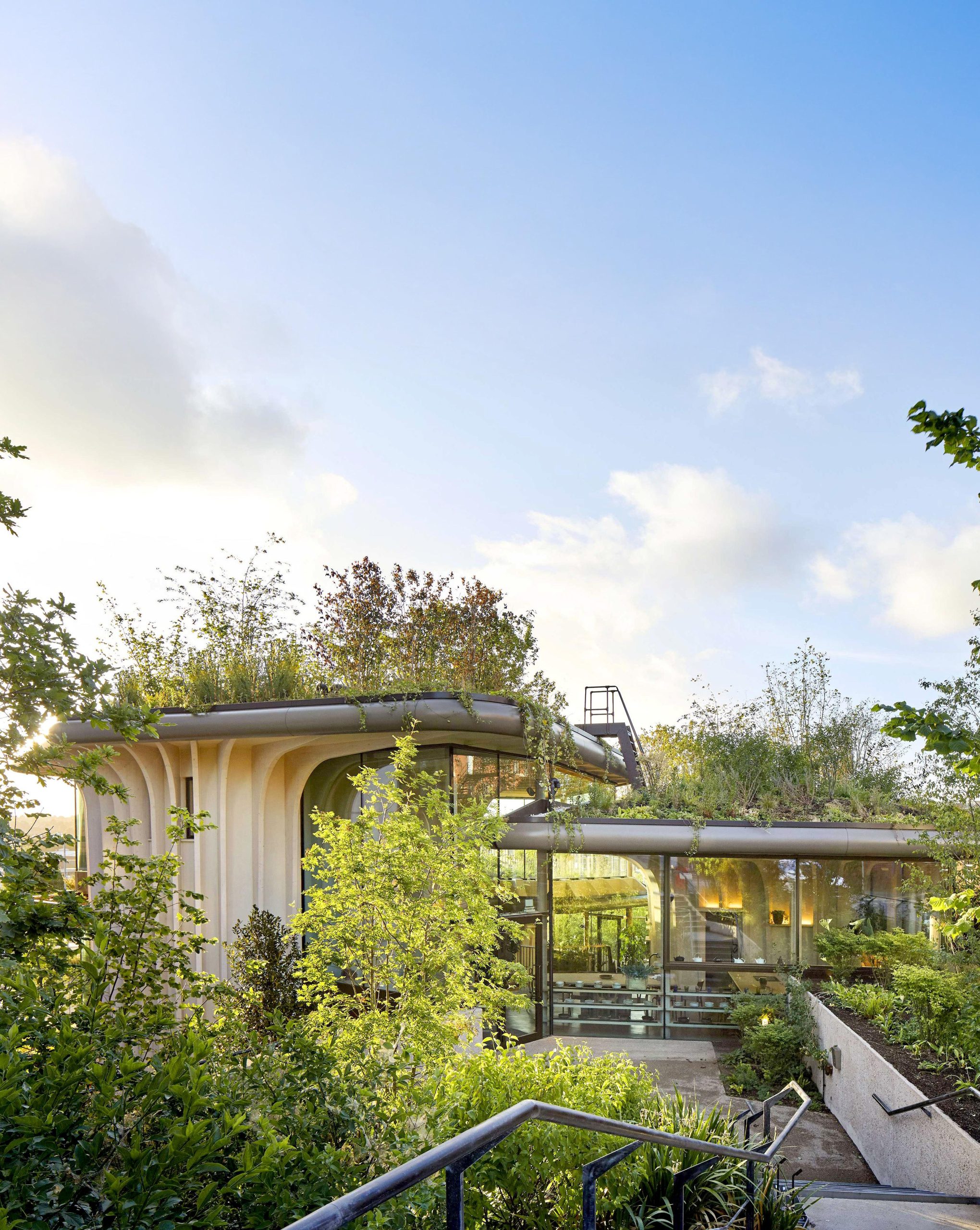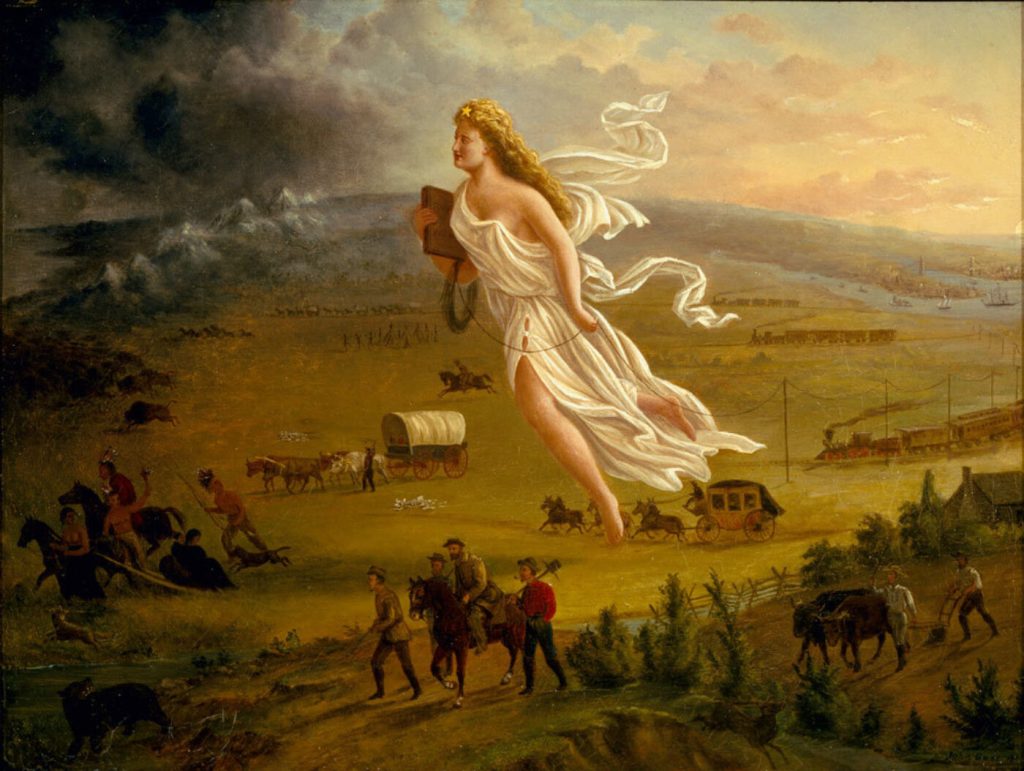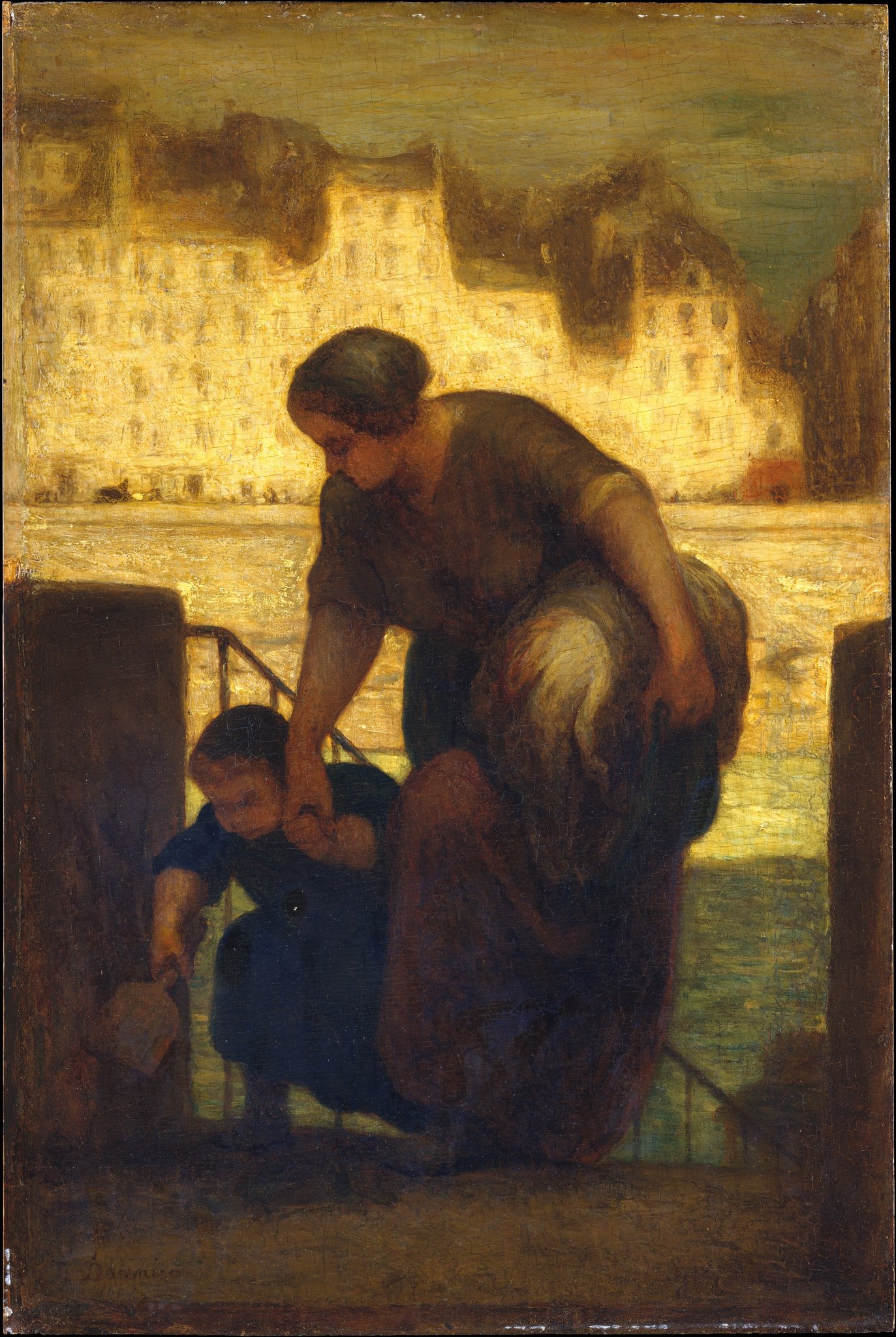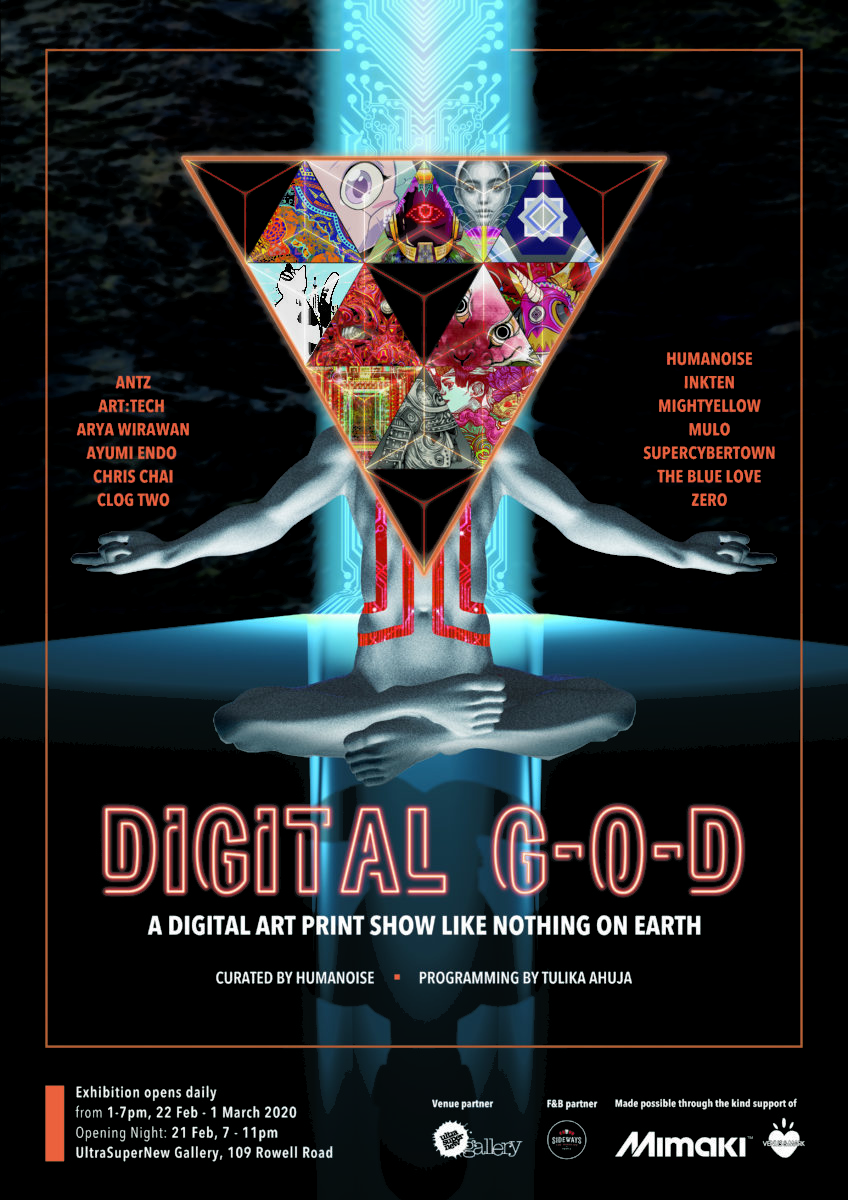The Interaction between Art and Nature: Creative Projects that Promote Sustainability

Exploring the Intersection of Creativity and the Environment
Art has the incredible ability to reflect and influence our relationship with nature. Combining artistic expression with environmental awareness, a variety of creative projects are emerging that not only celebrate the beauty of the natural world but also promote sustainable practices. This unique synergy invites us to rethink how we interact with our surroundings. Not simply an aesthetic choice, these initiatives encourage a pivotal conversation about our role in environmental stewardship.
In recent years, artists across the United States have embraced this fusion, leading to a wave of innovative initiatives that aim to transform both spaces and communities. Here are some prominent examples:
- Eco-Art Installations: Artists are using recycled materials to create stunning installations in parks and public spaces. For instance, the “Trash Bubbles” installation in New York City utilized plastic debris harvested from the ocean to form beautiful, large-scale sculptures that reflect the consequences of pollution while sparkling with color. These installations serve not only as visual highlights but also spark conversations about waste and recycling.
- Community Gardens: Artists collaborate with local residents to transform vacant lots into vibrant gardens, fostering both community spirit and food sustainability. The “Guerilla Gardening” movement encourages urban residents to cultivate unused spaces into green gardens, thereby enhancing both biodiversity and local food sources. In cities like Los Angeles, such projects have not only beautified neighborhoods but have also provided fresh produce to underserved communities.
- Nature-Based Workshops: Interactive art classes encourage participants to use natural elements, inspiring a deeper appreciation for the environment. Organizations in cities like Portland host workshops where participants create art from plant materials or even engage in land art, crafting temporary installations from natural finds. These workshops allow participants to connect with nature creatively, fostering an understanding of ecological systems through hands-on experience.
These projects enhance aesthetic appeal while also raising awareness about the importance of sustainable practices in our daily lives. By combining art and nature, these initiatives challenge us to consider our ecological footprint while appreciating the world around us. They emphasize the idea that nature and art should not be seen as separate entities, but rather as intertwined forces that can drive positive change.
As we delve deeper into this exploration, we will uncover more inspiring projects and examine the impact they have on fostering a sustainable future. It becomes increasingly clear that the imaginative expressions of artists not only beautify our physical spaces but also play a vital role in nurturing a culture of environmental responsibility. The question remains: how can we each contribute to this dialogue, and what role will creativity play in the sustainability movement of the future?
DIVE DEEPER: Click here to discover diverse artistic expressions

Art as a Catalyst for Environmental Change
Art is not just a form of self-expression; it is also a powerful tool for inspiring action and advocating for change. The creative endeavors that merge art with environmental consciousness are creating ripple effects in communities and beyond. By leveraging visual language and creativity, these projects not only educate but also connect individuals to the pressing issues of sustainability. As we explore the intricate relationship between art and nature, it becomes clear that this intersection holds immense potential for promoting sustainable practices.
One of the most significant ways artists are contributing to sustainability is through public art projects. These initiatives often involve large-scale installations that captivate the public’s attention and engage them in meaningful dialogue. Here are some noteworthy examples:
- Land Art: This form of art utilizes earth’s natural landscape as both material and canvas. Projects like Robert Smithson’s “Spiral Jetty” draw visitors to remote areas, encouraging them to appreciate nature’s beauty. The interaction between human-made forms and the natural environment challenges viewers to consider environmental conservation, transforming their perspective on land use.
- Muralism: Artists across the United States are painting murals that highlight environmental issues, such as climate change and endangered species. In cities like San Francisco, murals depicting marine life have raised awareness about ocean preservation. These visually striking artworks serve as reminders of nature’s value and the threats it faces.
- Biodesign: This innovative practice combines biology and design, showcasing how materials can be sustainably sourced from nature. Projects such as living walls, where plants are integrated into building architectures, not only purify the air but also create provides habitats for wildlife, enhancing urban biodiversity.
Through these artistic expressions, communities are inspired to take action. Art has the unique ability to not only depict but also invoke feelings, fostering a personal connection to environmental issues. As people engage with these projects, they are encouraged to reflect on their habits and prioritize sustainable choices in their daily lives.
Moreover, the collaborative nature of many of these projects amplifies their impact. Artists often team up with local communities, environmental organizations, and schools, fostering a sense of collective purpose. For example, the “Art for A Better Planet” initiative in Denver invites artists to partner with environmentalists to create installations that educate the community about recycling and composting. These cooperative efforts strengthen community ties while nurturing a culture of environmental stewardship.
As we continue to examine the creative projects that highlight the intersection of art and nature, the importance of such initiatives becomes increasingly apparent. In a world facing climate challenges and ecological crises, creativity offers us the means to envision change and motivate real-world action. The interplay of art and sustainability is not merely a trend; it is a necessary evolution towards a more resilient future.
The Interaction between Art and Nature: Creative Projects that Promote Sustainability
The interconnection between art and nature is not merely a relationship built on aesthetics; it drives innovation and sustainability. As artists and designers increasingly consider their ecological footprints, creative projects have emerged that not only celebrate the beauty of the natural world but also advocate for its preservation. These projects often harness sustainable materials, engage local communities, and foster an appreciation for the environment, ensuring a harmonious coexistence between humanity and nature.
One remarkable initiative is the use of recycled materials in public art installations. Artists around the globe are transforming waste into expressive works that attract attention and promote dialogue on environmental issues. For instance, large-scale sculptures crafted from discarded plastics can serve as powerful visual reminders of pollution, igniting conversations about waste reduction and community responsibility. These works inspire audiences to reflect on their consumption habits and consider their role in sustainability.
Moreover, art can enhance urban green spaces, creating environmentally friendly designs such as community gardens infused with artistic elements. These projects not only beautify neighborhoods but also provide critical habitats for wildlife, support biodiversity, and encourage community engagement. By incorporating interactive art with ecological principles, these initiatives cultivate a deeper connection between people and their natural surroundings, paving the way for a more sustainable future.
Additionally, educational programs that blend art with environmental stewardship can empower younger generations. Workshops that encourage children to create art from nature or recycled materials help instill a sense of responsibility towards the planet. Such hands-on experiences foster creativity while promoting awareness of sustainability issues from a young age, ensuring that future leaders are equipped with the knowledge and passion to continue advocating for the planet.
| Category | Description |
|---|---|
| Artistic Environmental Awareness | Creative projects raise awareness around environmental issues by engaging viewers. |
| Community Engagement | Art projects foster community participation, enhancing connections between locals and nature. |
By championing sustainability through creative expression, these projects contribute vital perspectives on how art can catalyze change and promote environmental stewardship. The dialogue fostered within and around these initiatives can inspire action, leading to a more sustainable future that honors both art and nature.
DISCOVER MORE: Click here to enhance your culinary skills
Engaging the Community through Nature-Inspired Art
The synergy between art and nature is not solely reserved for grand installations or public murals; it can also find expression in grassroots initiatives that engage individuals at a community level. Nature-inspired art and creative projects that prioritize sustainability allow residents to reimagine their surroundings and foster a deeper connection with their environment. Here are some compelling ways this relationship materializes:
- Community Gardens: These collective spaces not only produce food but also become canvases for local artists. By integrating murals, sculptures, and installations made from recycled materials, community gardens like the “Eagle Street Rooftop Farm” in Brooklyn, New York, cultivate both sustainable practices and artistic expression. Such projects invite participation from residents, enhancing awareness of local agriculture and environmental issues while beautifying urban landscapes.
- School Projects: Educational institutions are increasingly adopting art as a medium to promote sustainability among young students. Programs like “Art in the Park” combine environmental education with creative expression, enabling students to create artwork from natural materials found in local parks. These experiences encourage younger generations to learn about ecosystems, climate change, and conservation efforts while fostering a sense of responsibility toward the Earth.
- Participatory Art: Initiatives like “The Ocean Cleanup” and “Replaceable” invite individuals to contribute actively to collective masterpieces made from materials reclaimed from nature. These projects highlight the issues surrounding waste and pollution while empowering participants to take ownership of environmental stewardship. By transforming discarded objects into art, communities can visually communicate the importance of reducing waste and adopting sustainable practices.
The impact of such projects can be profound, raising awareness and affecting post-engagement change. According to a study published by the National Endowment for the Arts, communities engaged in arts-related environmental efforts reported heightened feelings of connection to their surroundings and an increase in eco-friendly behaviors. This data underscores the transformative potential of creative engagement concerning sustainability.
Artists who strive to amplify the dialogue around environmental issues often find inspiration in complex topics like climate justice and biodiversity. Art has the ability to convey complex messages in accessible formats, leading to broader understanding and empathy. For example, the works of artists like Olafur Eliasson, whose installation “Ice Watch” consisted of giant blocks of melting ice harvested from Greenland, served to articulate the experiences of climate change starkly and tangibly. Such interactions compel viewers to confront the reality of environmental changes that seem distant but impact us all.
Moreover, the rise of eco-art festivals—events that blend environmental themes with artistic practice—demonstrates the growing trend of promoting sustainability through creative avenues. Events like the Ashland Creek Eco-Art Festival in Oregon and the “Sculpture by the Sea” in Australia not only showcase artistic talents but also encourage participants to rethink their relationship with the natural world. By centering conversations around climate action, these festivals enhance public engagement and galvanize community action toward sustainability.
As more artists and communities embrace this dialogue between art and nature, the potential for sustainable innovation multiplies. Projects that foster collaboration, education, and engagement can lead to long-term ecological benefits while inspiring an ongoing commitment to protecting our planet. This reflects a vital truth: in the realm of art, creativity is not just an aesthetic endeavor; it is an essential component in the fight for a sustainable future.
DISCOVER MORE: Click here to unleash your creativity
Conclusion: Fostering a Sustainable Tomorrow through Art and Nature
As we delve into the intricate interaction between art and nature, it becomes clear that creative projects serve as vital catalysts for promoting sustainability. Through community-driven initiatives, educational programs, and participatory art, we unlock the potential to inspire a collective commitment to preserving our environment. Grassroots efforts like community gardens and school projects not only enrich local ecosystems but empower residents and students alike to embrace ecological stewardship.
The transformative impact of art on environmental consciousness cannot be overstated. By visualizing complex issues like climate change and pollution, artists present a compelling narrative that resonates within communities. Events such as eco-art festivals effectively merge creativity with advocacy, urging individuals to consider their personal responsibilities toward our planet. Each brushstroke, sculpture, or installation serves as a reminder that art can articulate urgent messages—ultimately bridging emotional connection and actionable change.
As society continues to navigate the pressing challenges of sustainability, the role of art in fostering collaboration and inspiring dialogue remains paramount. By highlighting critical environmental themes, artists not only beautify their surroundings but also cultivate a sense of shared purpose among community members. In embracing this synthesis of artistic expression and environmental action, we not only celebrate our rich cultural landscape but also pave the way for a more sustainable future. This ongoing journey emphasizes an essential truth: the relationship between art and nature is not merely a creative endeavor; it is a necessary pathway towards healing our planet.


